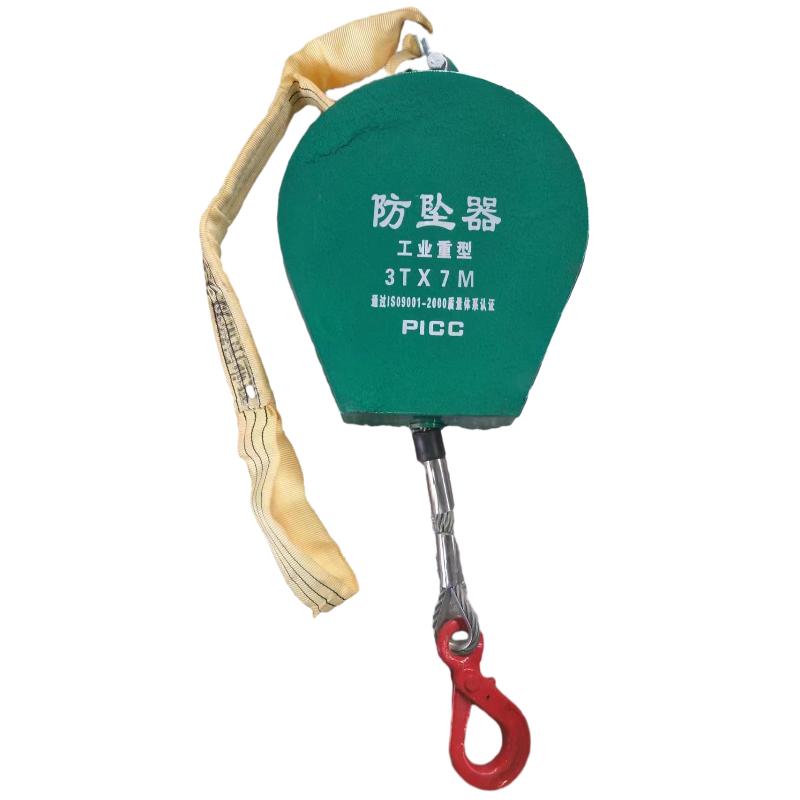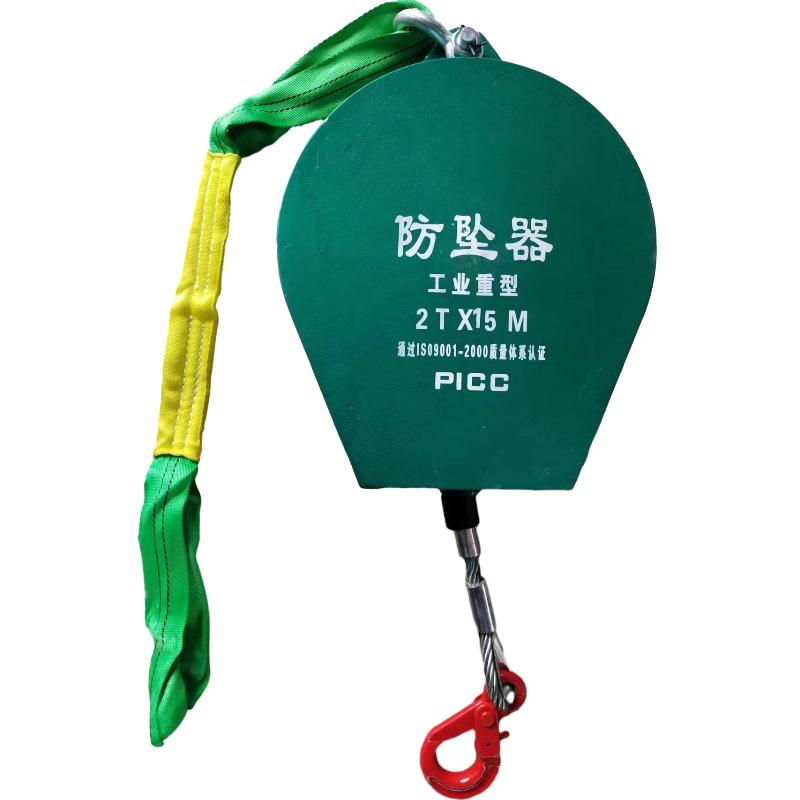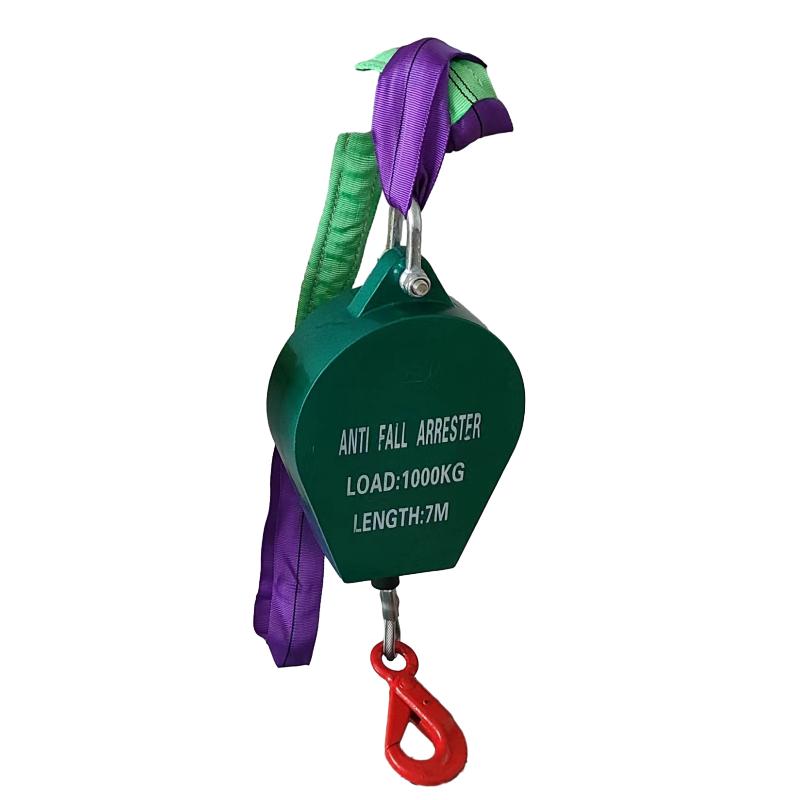


When people ask me what’s changed in industrial fall protection over the past few years, I usually say: faster lock-up, smarter materials, and more realistic testing. This unit from Donglv Industrial Zone, Baoding (Hebei) fits that arc. It’s built to stop a lifted load if a hoist or sling fails—protecting ground crews and saving the payload. And yes, many customers say the “peace of mind” factor is the real value, not just the spec sheet.

The Industrial heavy duty fall arrester is designed to quickly brake and lock a steel cable within a short distance, for loads ≈1000–3000 kg. In practice, you’ll see it paired with bridge cranes, wind-turbine lifts, plant maintenance hoists, and shipyard rigs. To be honest, it’s not a substitute for personal PPE—use harness systems for workers as required by OSHA/ANSI—but it dramatically reduces secondary risk to people below. That’s why safety managers like it.
| Model | Industrial heavy duty fall arrester |
| Capacity | ≈1000–3000 kg (select by WLL; safety factors apply) |
| Cable | Galvanized steel wire rope, Ø ≈8–12 mm; lengths ≈5–30 m (custom) |
| Housing / internals | Alloy steel body, heat-treated gear train, sealed bearings |
| Brake & lock-up | Auto speed-sensing mechanism; typical lock within ≈0.3–0.6 m |
| Corrosion protection | Zinc plating; optional 304/316 upgrades for harsh sites |
| Operating temp | ≈−30 °C to +50 °C |
| Compliance support | Built to align with EN 360-style performance for retractables, ANSI/ASSP Z359.14 guidance, and OSHA site rules (application-dependent) |

Certifications and markings depend on configuration and destination market (CE/UKCA where applicable). Site acceptance should follow your HSE procedure and—this is important—annual competent-person inspection. I guess that’s the bit people skip when schedules get tight.
Heavy manufacturing, wind energy, ports, mining maintenance, steel mills, OEM conveyor lifts, even stage rigging (as a load arrester/secondary safety). In these setups, industrial fall protection for loads protects both assets and people, especially during tandem lifts or when working above walkways.
| Vendor | Capacity range | Customization | Lead time | Docs/certs | Price band |
|---|---|---|---|---|---|
| QY Juli (Hebei) | ≈1–3 t | Cable length, hooks, coatings, tags | ≈2–5 weeks | Test reports, ISO system, CE/UKCA where applicable | Value |
| Regional Importer | ≈0.5–2 t | Limited options | Stock-dependent | Basic CoC | Mid |
| Premium EU Brand | ≈1–5 t | Broad (engineering-to-order) | ≈6–10 weeks | Extensive dossiers | High |

Case 1: Wind farm nacelle maintenance—unit locked within ≈0.4 m during a controlled test drop on a 1.5 t gearbox crate; minimal cosmetic damage, zero injuries. Team adopted monthly function checks afterward.
Case 2: Steel mill coil bay—paired with overhead crane. After a near-miss, safety leads added two arresters as secondary protection. Feedback: “install took half a shift; operators feel calmer.” That’s the practical side of industrial fall protection.
Faster lock algorithms, better seals for abrasive dust, and IoT inspection tags. Also, more sites are harmonizing specs to ANSI/ASSP Z359.14 and EN 360 test philosophies. Different standards, same goal: reliable stops under messy, real-world conditions.
Authoritative references:
1) OSHA Fall Protection Overview. 2) ANSI/ASSP Z359 Fall Protection family (incl. Z359.14). 3) EN 360: Retractable type fall arresters. 4) ISO 9227: Corrosion tests in artificial atmospheres (salt spray).



